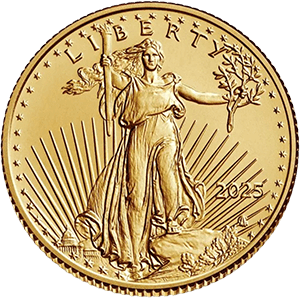
As of July 1, 2025, allocated physical gold has officially been elevated to Tier 1 High-Quality Liquid Asset (HQLA) status under Basel III “Endgame” banking reforms. This new designation allows banks to count physical gold at 100% of its market value toward their liquidity reserves, placing it on equal footing with cash and top-rated government bonds.
This regulatory shift represents a monumental recognition of gold’s role—not just as a hedge or a store of value, but as a core institutional reserve asset.
What Just Changed: Clarifying Gold’s New Tier 1 Role
It’s important to understand that gold has been considered Tier 1 capital since Basel I (1988)—specifically, allocated physical gold, which carries a 0% risk weighting for capital adequacy purposes.
What’s new under Basel III is that gold is now included as a Tier 1 HQLA, meaning it is officially recognized as a top-tier liquidity asset. This is a critical distinction. Prior to this change, gold was excluded from liquidity coverage ratios even though it qualified as capital.
Now, allocated, unencumbered gold bullion held directly by banks can fulfill liquidity requirements, boosting regulatory efficiency and reaffirming gold’s role as “real money.”
Why This Matters: Implications for Banks and Investors
✅ Capital Efficiency for Banks
By including gold as a top-tier liquidity asset, banks no longer need to hold extra capital against it. This enhances their capital ratios and frees up reserves for lending, investment, or other strategic uses.
📈 Institutional Gold Demand on the Rise
The upgrade is likely to fuel demand for physical gold by banks and sovereign institutions. Central bank purchases have already surged, with 30% of central banks reporting plans to further increase their gold reserves in 2025—underscoring a global shift toward hard assets.
🪙 Allocated vs. Paper Gold: A Growing Divide
Only allocated physical gold qualifies under these new rules. Unallocated positions (such as ETFs or derivative contracts) do not receive Tier 1 treatment and are subject to higher capital and funding requirements. This reduces the appeal of paper gold among institutions and could reshape market dynamics in favor of physical bullion.
Who Benefits?
🏦 Banks and Financial Institutions
-
Gold now qualifies as Level 1 HQLA, offering liquidity and regulatory relief.
-
Reduces capital inefficiencies tied to gold holdings.
-
Enhances bank resilience during liquidity stress.
🏛 Central Banks and Governments
-
Bolsters ongoing gold accumulation trends.
-
Reinforces gold’s role as a neutral, non-sovereign reserve asset.
🧑💼 Investors and Wealth Managers
-
Signals long-term institutional confidence in gold.
-
May contribute to sustained upward price pressure on physical metals.
-
Reinforces gold’s reputation as a strategic portfolio anchor.
A Quick Timeline of Gold’s Regulatory Evolution
| Period | Treatment of Gold |
|---|---|
| 1988–2010 | Allocated physical gold treated as Tier 1 capital (0% risk weight) under Basel I. |
| 2010–2019 | Basel III introduces new liquidity requirements; gold excluded from HQLA status. |
| 2025 Onward | Basel III Endgame reclassifies allocated gold as Level 1 HQLA (Tier 1 liquidity asset). |
Final Thoughts: A Quiet Return to the Gold Standard?
While the world hasn’t officially returned to a gold-backed currency system, this regulatory update signals something profound: gold is once again being treated like money.
By elevating physical gold to Tier 1 HQLA status, global regulators are confirming what gold investors have long believed—that gold is not just a commodity, but a monetary asset of the highest order.
For banks, it improves balance sheet strength. For investors, it affirms gold’s strategic importance. And for central banks, it strengthens the case for long-term accumulation in a world where fiat currencies continue to face structural pressures.
Looking Ahead:
Expect greater institutional accumulation of physical gold, potential supply pressures in the bullion market, and growing investor interest in allocated gold IRAs and secure depository storage.
This moment is more than just a rule change—it’s a recognition of gold’s timeless role in the global financial system.







